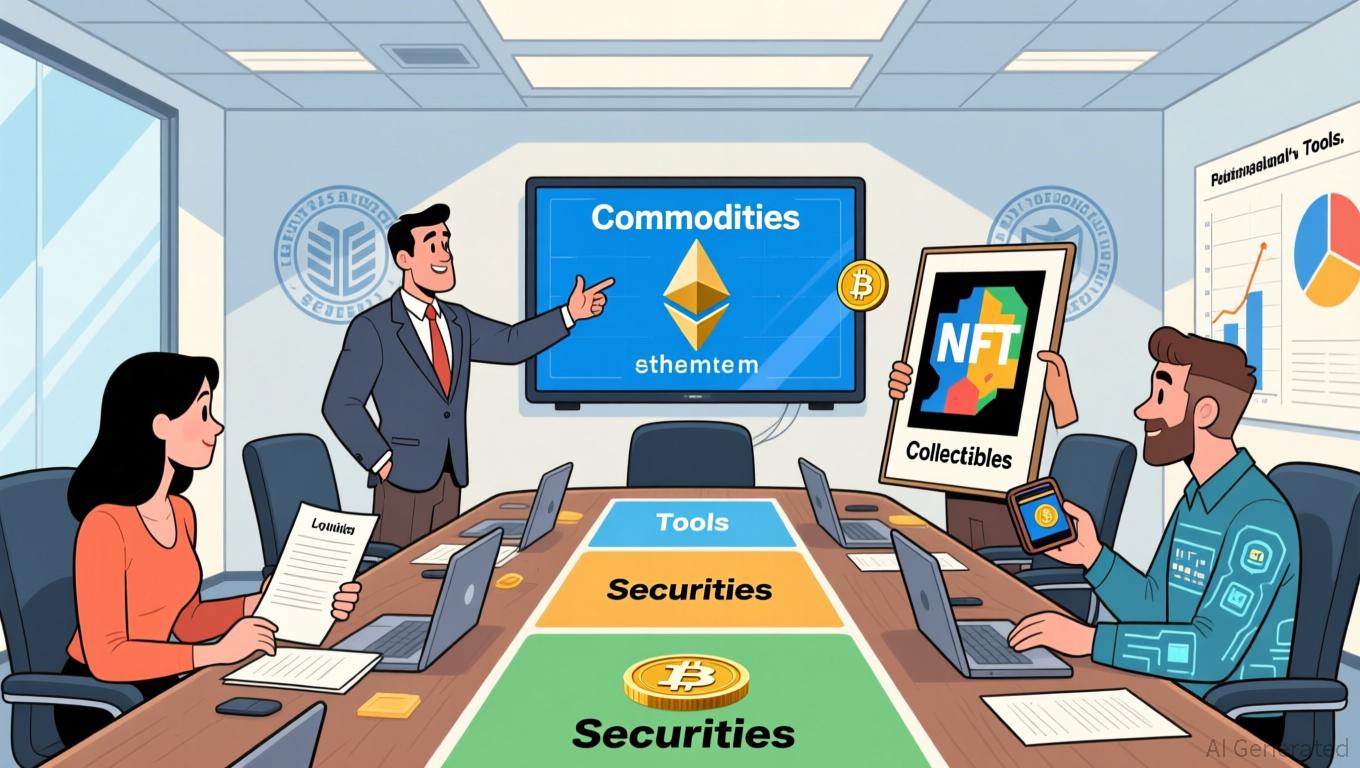Ethereum Surpasses $3,200 Amid Institutional Activity
- Institutional moves influence Ethereum’s recent price shift.
- Binance and BlackRock sell-offs affect liquidity.
- SharpLink’s staking highlights Ethereum’s yield potential.
Ethereum’s recent rally past $3,200 highlights its fragile support, influenced by institutional stakes and market sell-offs. SharpLink’s significant ETH investment and Binance & BlackRock’s $1 billion sell-off add pressure, showcasing dynamic market conditions.
Ethereum has risen above $3,200, marked by modest gains. Institutional activities and high market volatility have driven this movement, with significant actions from key players contributing to the price dynamics.
Market reactions place Ethereum in a critical position as institutional investments spike alongside volatility, testing the sustainability of its price increase.
SharpLink’s recent staking of 859,853 ETH aligns with Ethereum’s identity as a yield asset. This influences institutional interest despite Binance and BlackRock’s reported $1 billion ETH selloff impacting market liquidity. “Ethereum’s current market scenario highlights the delicate balance between retail losses and institutional accumulation, making the $3,200 support particularly fragile.” – Alex Krüger, Economist & Crypto Trader
Ethereum’s price shift directly affects both major cryptocurrencies and altcoins. Exchange activity alongside institutional investments highlights widespread market volatility, stressing liquidity disparities and trading pressures.
Current movements indicate a strong response in ETH asset management and trading . The stake by major institutions suggests possible long-term trends, affecting governance and DeFi protocols.
Major institutional shifts, via firm’s stakes, reflect potential outcomes on Ethereum’s price. Historical data suggests such movements can lead to significant market reactions, often influencing broader sectors. Ethereum surpasses $3,200 with institutional market activity increasing.
Disclaimer: The content of this article solely reflects the author's opinion and does not represent the platform in any capacity. This article is not intended to serve as a reference for making investment decisions.
You may also like
Aave News Update: MiCA Green Light Spurs Aave’s No-Fee On-Ramp, Accelerating Widespread DeFi Integration
- AAVE token gains bullish momentum as on-chain growth and MiCA regulatory approval align for potential $450 price surge. - Technical indicators like TD Sequential signal strong buy opportunities, with $250 breakout likely to trigger renewed uptrend. - Aave becomes first DeFi protocol authorized under MiCA, enabling zero-fee euro-crypto conversions across EEA via GHO stablecoin. - Protocol's $542M daily volume and $22.8B borrowed assets highlight operational growth outpacing undervalued market price. - MiC

XRP News Update: SEC Streamlines Rules, Granting Crypto ETFs a 20-Day Accelerated Approval Process
- SEC introduces 20-day automatic approval for crypto ETFs via updated guidance, accelerating stalled XRP/Solana fund reviews post-government shutdown. - Canary Capital's XRPC ETF generated $58M in volume, intensifying demand for additional crypto ETFs under Project Crypto's regulatory framework. - Backlog filings will be processed in submission order, with post-effective amendments defaulting to approval unless opt-out, reducing market entry delays. - Analysts predict November surge in approvals as SEC mo

Bitcoin Updates: Investors in Crypto Face Panic Amid Stock Market Drop, Bitcoin Falls Under $100K
- US stocks and crypto markets plunged on Nov 15, 2025, with Bitcoin falling below $100K amid extreme investor fear (index at 10) and macroeconomic uncertainty. - Bakkt shares dropped 16% after $23.2M Q3 loss from warrant revaluation, while Grayscale reported 20% revenue decline due to Bitcoin ETF outflows and competition. - DeFi TVL fell sharply across Ethereum/Solana, worsened by $213M in security breaches, as whale activity hinted at Ethereum accumulation ahead of Fusaka upgrade. - Institutional investo

Ethereum Updates: SEC Guidelines Allow Cryptocurrencies to Achieve Commodity Classification
- SEC Chair Paul Atkins proposed a crypto regulatory framework exempting ETH, SOL, and XRP from securities classification using the Howey Test to clarify market roles. - The framework categorizes crypto assets into four groups, allowing tokens to "graduate" from securities to commodities as ecosystems decentralize and utility emerges. - It introduces "super apps" for mixed-asset trading and a six-month compliance grace period, aiming to balance innovation with fraud prevention and reduce regulatory fragmen
